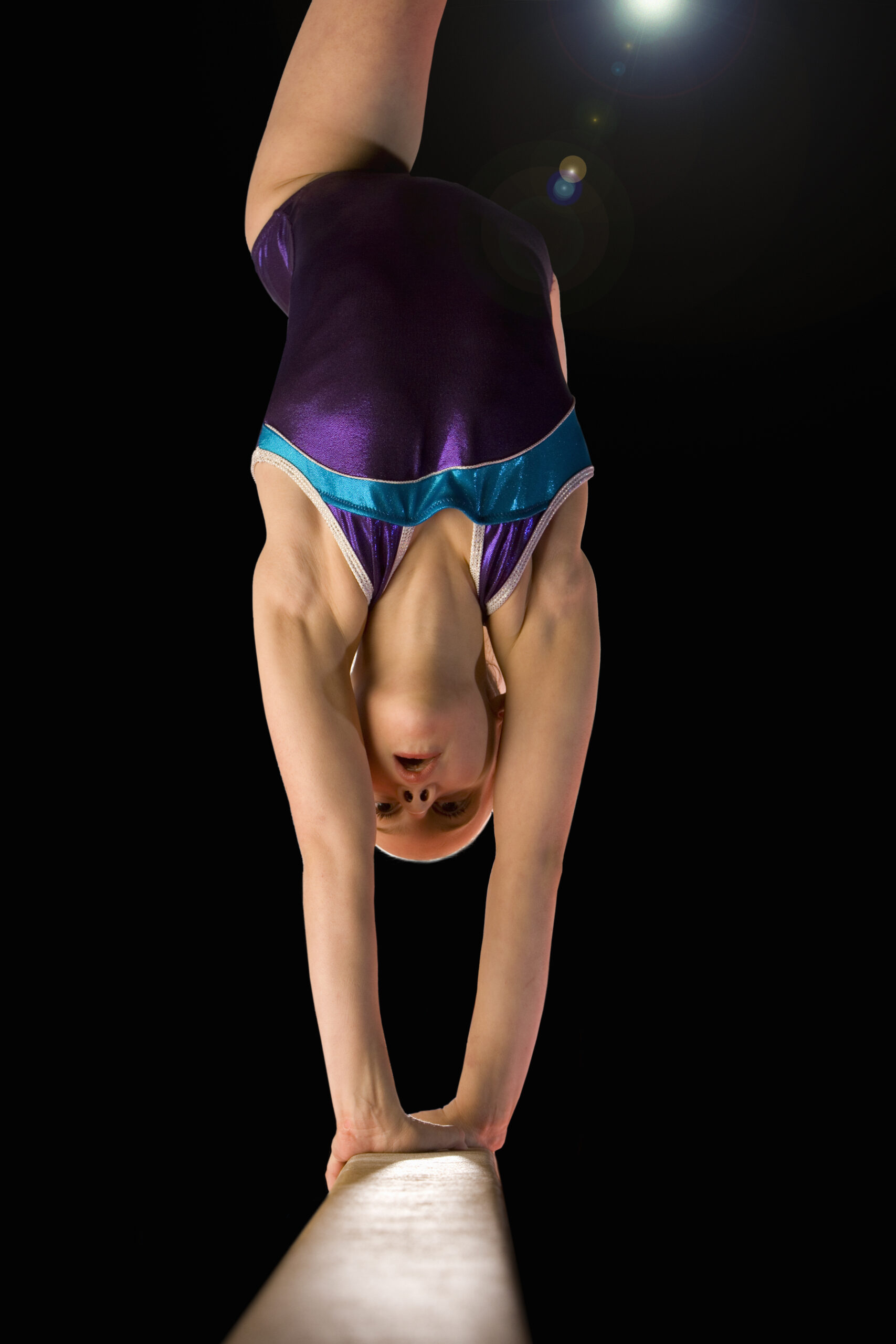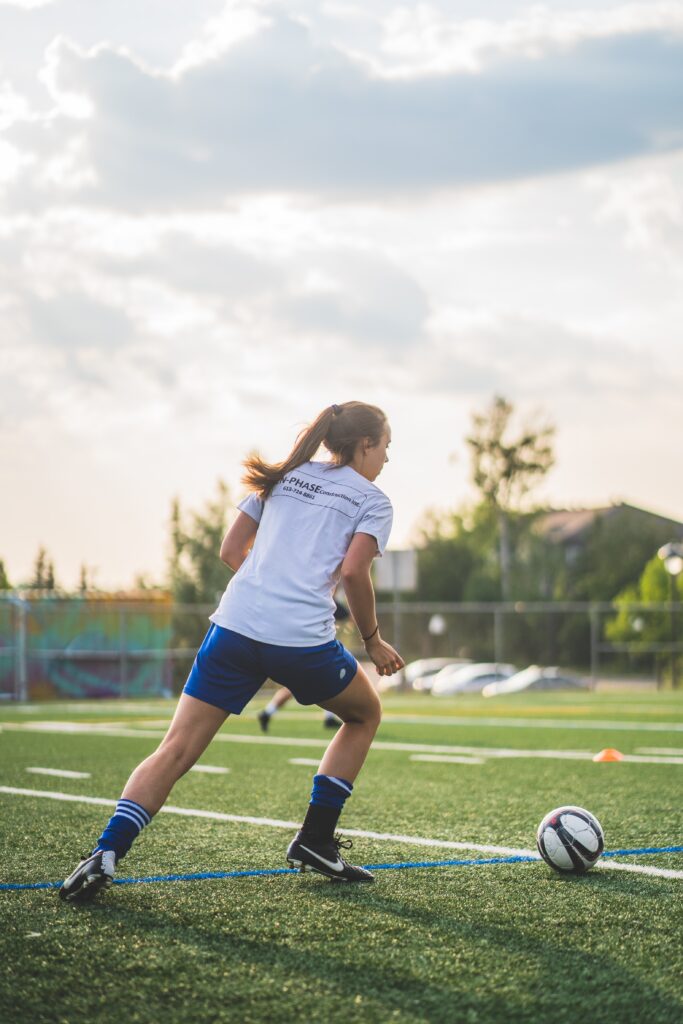Case Study
Case StudiesI have worked with several teams, programs, and athletes to help them grow in ways they didn’t know they could. Some of that is programming, some is a change of culture, some is just encouragement to go a new way. Below are two examples.
Case One
How We Reduced Injuries by Over 80% In Less Than a Year
An International-level gymnastics program approached us to help decrease the injury rates of their gymnasts. The number of back, knee, and shoulder injuries had increased dramatically over the past five years. But the athletes were already in the gym so much, they didn’t have time for work outside practice.

Details
Taking Injury Prevention to The Next Level
Challenge
Injuries are common in gymnastics, but the number of gymnasts reporting the following injuries increased dramatically in a five-year period:
- ACL (up 50%)
- Low Back (up 75%)
- Shoulder (up 33%)
However, non-elite (Level 10 and below) gymnasts train up to 30 hours per week. With school and friendship commitments, this leaves little time for outside training.
Solution
Without changing the time in the gym, we had the coaches shift some of their time while incorporating known injury prevention strategies. Specifically,
- Common pre-practice warm-up that was both gymnastics-specific and also focused on injury prevention
- Incorporation of supplemental progressive, level- and age-appropriate exercises
- Use of strategies outside gym-based training (e.g., nutrition, sleep)
Over the two years that followed, we observed the following:
ACL Injuries
%
Reduction
Low Back Injuries
%
Reduction
Shoulder Injuries
%
Reduction
Strength
%
Average Gain
Testimonial
“I can’t believe it took us this long to make a change. So happy that we did. Numbers and performance don’t lie.”
Joe C, J.O. Gymnastics Team Director

Case Two
Implementing an Academy-Wide Sports Performance Plan
A boys and girls soccer academy that dominated state competitions was having a difficult time making the transition to competing with other teams in their national league. Injuries and speed were two of the biggest concerns. But the girls had different injuries and needs from the boys and the older players had different goals than the younger players.
Details
Success requires a system & culture
Challenge
A co-ed, competitive soccer academy has several different needs and oftentimes those needs are in conflict. We were brought in to make the teams more competitive while also reducing their risk of injuries.
Management of injuries was a challenge for the teams with
- Poor communication between the players-parents-coaching staff-medical practitioners
- Conflicting treatment philosophies and approaches
In addition, the academy had an indoor facility, but did not know the best way to equip, staff, and manage the performance area.
Solution
This was a big project with several variables to address and without the support of the coaching staff and parents it would not have worked as well. The change in culture was obvious. Here’s what we did:
- Pre-season and offseason testing of all athletes
- Implementation of standard injury prevention warm-up
- Design of performance facility
- Progressive, age- and gender-specific strength and conditioning program supervised by certified staff
- Available injury consultation
- Streamlined medical and nutrition referral processes
Over the three years that followed, we observed the following:
ACL Injuries
%
Reduction
Ankle Injuries
%
Reduction
Hamstring Injuries
%
Reduction
Vertical Jump Increase
Inches
5 10-5 Test Improvement
Seconds
Titles
State & National
Testimonial
“We play at a high-level throughout the country. David’s changes not only made us more competitive, we did so with fewer injuries. In addition, his avaialability to consult on an ongoing basis helped both my coaching staff and our individual players.”
Mark J, Director of Coaching
Contact David
david@preventinjuries.org
